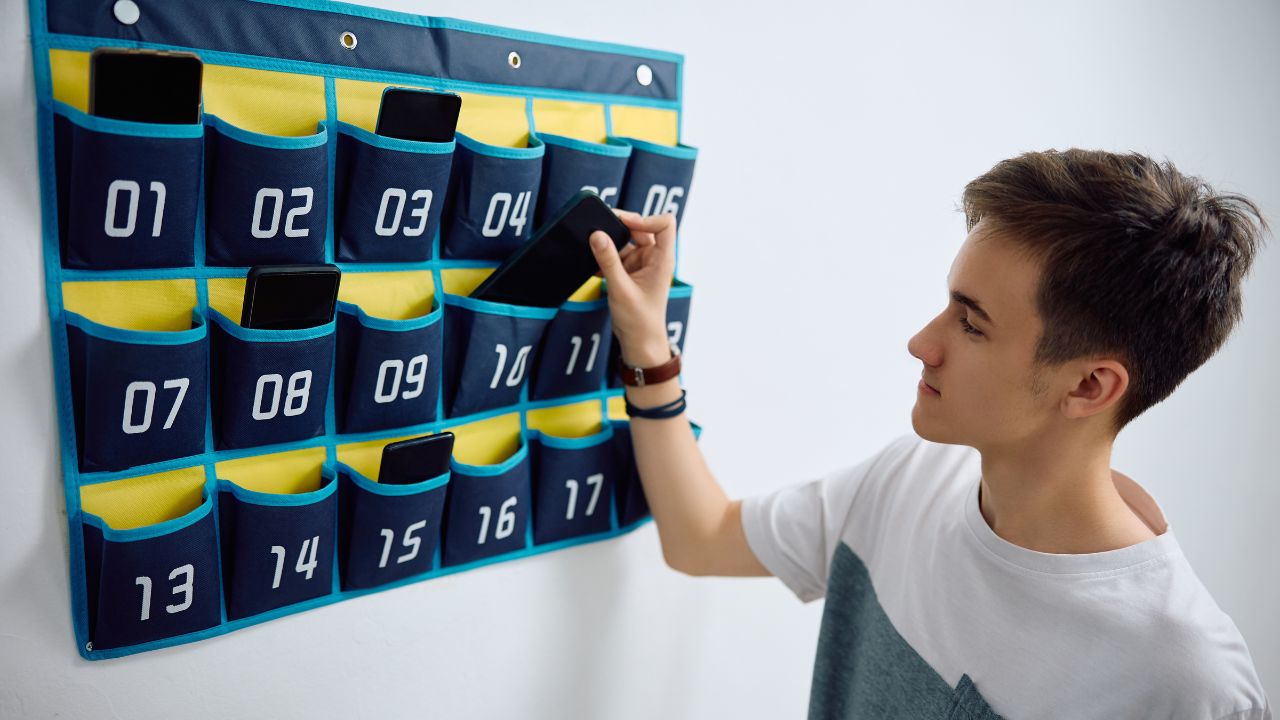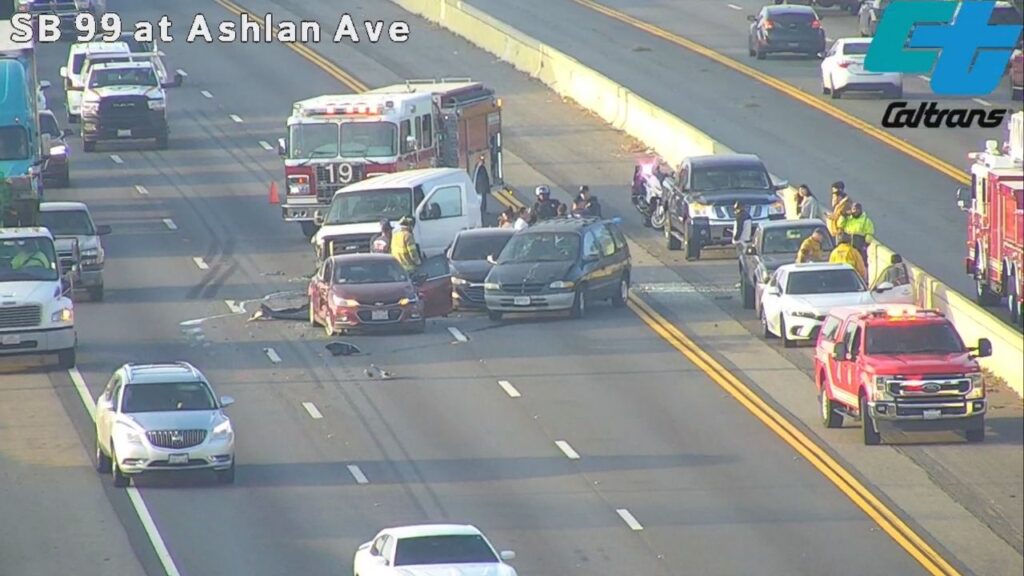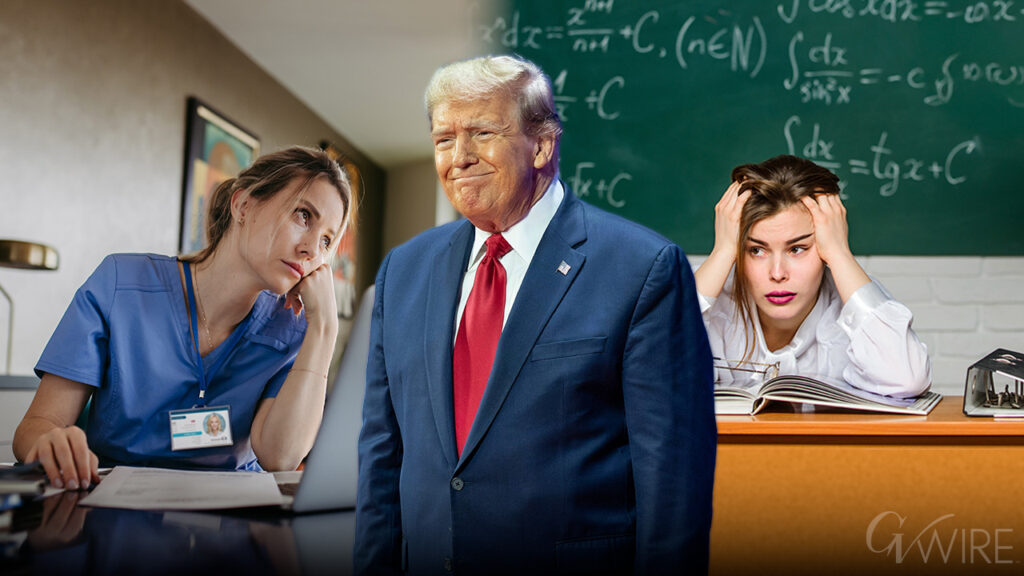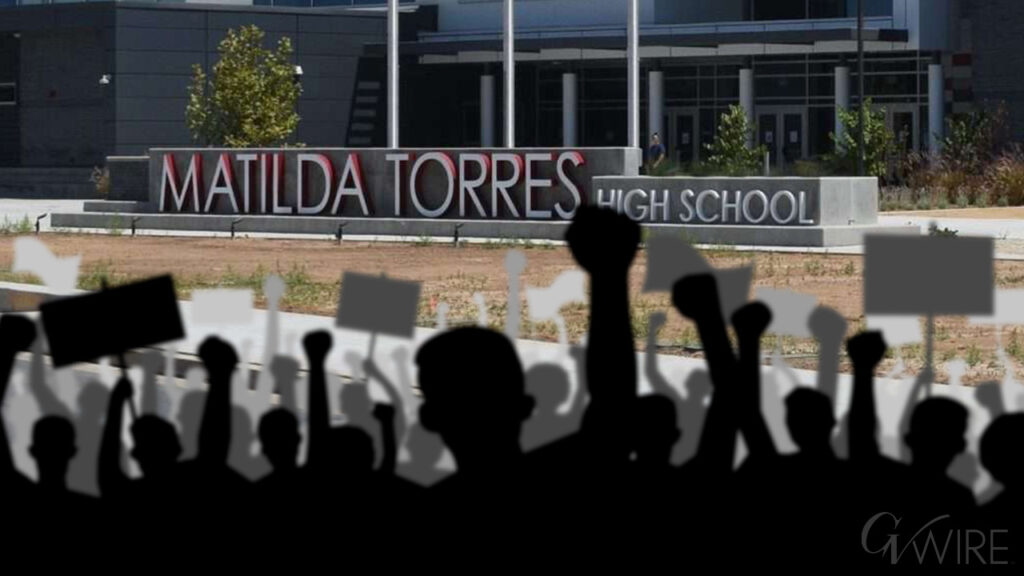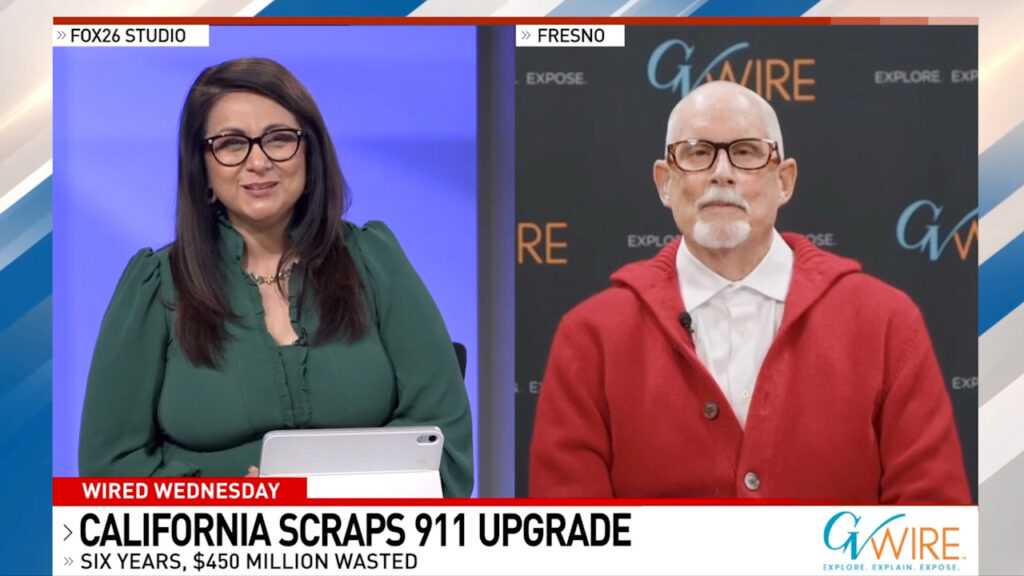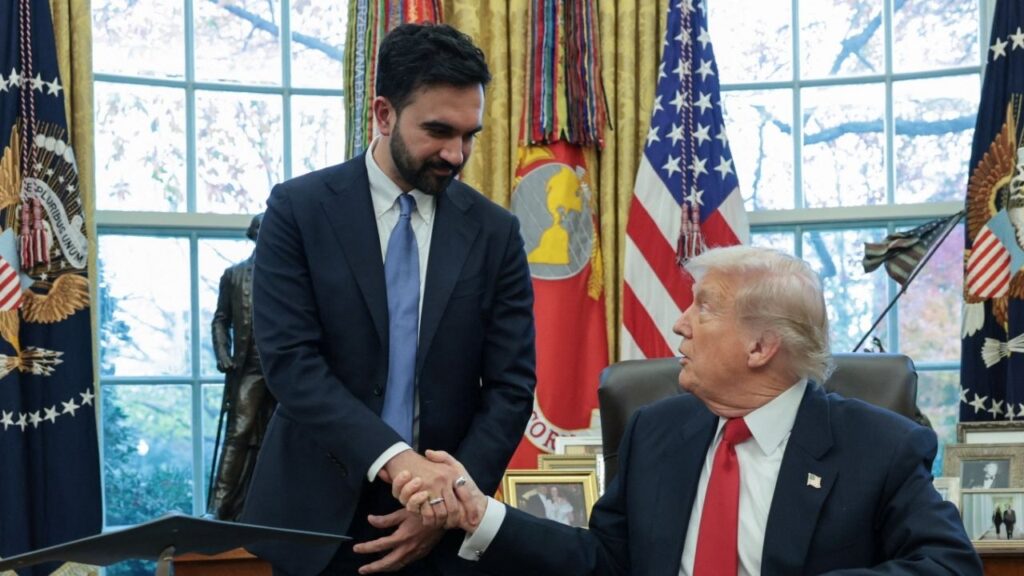A new California law mandates that all school districts, charter schools, and county offices of education establish policies that restrict the use of smartphones before July 1, 2026. (Shutterstock)

- Starting in the fall of 2025, all Madera Unified high schools will be required to keep student cell phones in Yondr pouches.
- Fresno Unified is taking a slower approach to implementing California's new Phone-Free School Act.
- "So we really believe that without (cell phones), we’re even going to be better," says Madera Unified Superintendent Todd Lile.
Share
|
Getting your Trinity Audio player ready...
|
People behave in different ways, and the same can be said about school districts. Consider how Madera Unified and Fresno Unified have responded to a recent piece of legislation from Sacramento.

Steven Roesch
Opinion
In late September 2024 Gov. Gavin Newsom signed Assembly Bill 3216, the Phone-Free School Act. This new law mandates that all school districts, charter schools, and county offices of education establish policies that restrict the use of smartphones before July 1, 2026.
As reported on Jan. 16 in GV Wire, the Madera Unified School District has already started placing some of its students’ devices in “phone jails” to meet the new law’s requirements.
Specifically, these students have been given Yondr pouches — secure containers to store their devices — and each school day they need to place their phones inside them before going into school buildings. During instructional hours their phones typically aren’t available to them, and thus those devices can’t interfere with classroom learning.
The district’s plan includes procedures to deal with those who neglect to bring their Yondr pouches to school. It also allows students to use their phones in emergencies — something that the Phone-Free School Act has stipulated.
All Madera Schools Will Use Smartphone Pouches in the Fall
At present only five sites — three of which are middle schools — in Madera Unified are implementing these new procedures. Starting in the fall of 2025, however, all of the district’s high schools will join them.
Todd Lile, Madera Unified’s superintendent, spelled out the benefits of this new policy in glowing terms: “Cell phones haven’t made our campuses safer. They’ve had the exact opposite effect. What makes us safer is knowing each other better, being better friends, being able to talk. So we really believe that without them, we’re even going to be better.”
Superintendent Lile’s remarks are in synch with scholarly findings regarding the shadow side of digital technology.
Mounting evidence — assembled, for example, in Jonathan Haidt’s The Anxious Generation—shows that frequent use of digital devices can often have a deleterious impact on young people’s social and emotional well-being. In May 2023, Dr. Vivek H. Murthy, the U.S. Surgeon General, issued a 19-page advisory stating that online media consumption can alter key areas of children’s and adolescents’ brains. It can cause serious damage in the early stages of adolescence, when “brain development is especially susceptible to social pressures, peer opinions, and peer comparisons.”

How Smartphones Impact Teacher-Student Interaction
Over the past several years, since I retired from Fresno Unified in 2016, many instructors in the district have let me know that “students have changed” since my departure.
A sizable number of students in their courses do check their phones and/or listen to earbuds regularly in class. Class participation isn’t happening the way that it once did; nor are students interacting with each other the way that previous cohorts did.
Overall, their ability to listen and retain information has declined, and they also don’t talk with instructors as much as they used to.
One telling anecdote: When a Fresno Unified secondary student approached one of his teachers and asked him to write him a letter of recommendation for his college application, the teacher turned him down. The student had spent significant portions of class time checking his phone and using his earbuds. Even though the school year was already well underway, the teacher didn’t feel he knew enough about this individual to write up a short recommendation.
Given the extent of the problem, as well as the absence of a robust district-wide policy, many instructors have apparently given up trying to get it under control and learned to tolerate it — despite the negative consequences for the ambience in their classrooms.
Fresno Unified’s Gradual Approach to the Law
Fresno Unified’s approach to the state’s new stance on phone use has been more low-key than the one Madera Unified has taken.
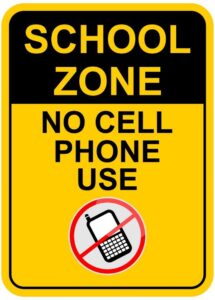
At present, FUSD allows individual sites to determine how best to meet the challenges of nonacademic phone use.
Bullard High introduced a Yondr pouch system at its site two years ago. Other sites seem to tolerate such activity to some extent.
Changes will need to be made to accommodate the provisions of the Phone-Free School Act.
GV Wire encourages vigorous debate on the issues. Submit your op-ed to bmcewen@gvwire.com for consideration.
On Jan. 23, staff members at Fresno Unified’s Constituent Services told me that the district “works with the California School Boards Association (CSBA) regarding new legislative policy mandates.”
As of this point, the district reckons that the CSBA will provide it with policy assistance for AB 3216 sometime during the spring of 2025. Following that, “the district will review and provide a draft for the Board of Education’s consideration ahead of the AB 3216 mandated compliance date.”
Perhaps there is something to be said in favor of taking a gradual, painstaking approach to this issue. After all, as one district spokesperson told me candidly a few years ago, “It’s not that easy.”
On the other hand, given its emphasis on social and emotional learning in recent years, shouldn’t it seek to get a handle on this situation sooner rather later? If Bullard High has apparently weathered a transition to a newer, more muscular policy, shouldn’t other sites be required to follow its example?
For one veteran FUSD teacher that I contacted, the issue requires a unified game plan from Fresno Unified instead of a patchwork response. In his view, robust and consequential cell phone guidelines must “come from the very top: that the student is always wrong when they are using electronics during class. Until it comes from the top, not much will change and it will depend almost entirely on the particular teacher.”
If Madera Unified’s plans develop according to the current timeline, all of their high schoolers will carry “phone jails” with them in the fall of 2025.
Judging from Fresno Unified’s statements — indicating that a plan put together with the assistance of CSBA will be in place by July 1, 2026 — then students in its secondary schools might well be subject to similar improved regulations many months later than their peers in Madera.
Given that the stakes are so high —for students’ well-being as well as for school culture —a bit more alacrity might be in order.
About the Author
Before his retirement, Steven Roesch taught English and German for 30 years in Fresno Unified School District.


